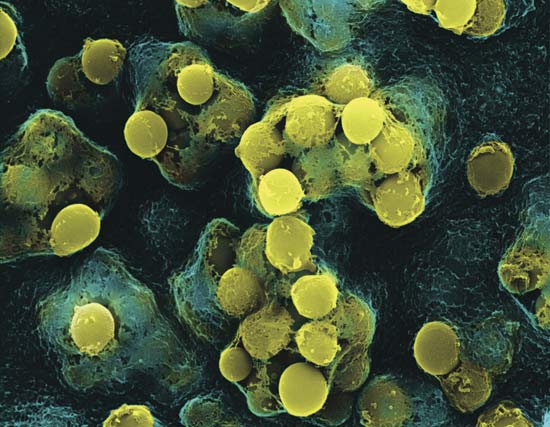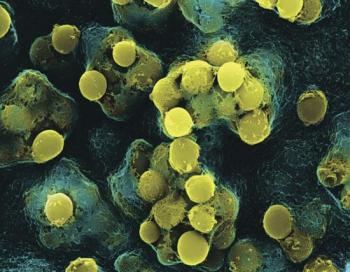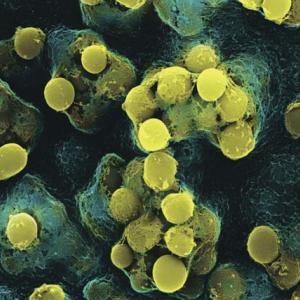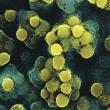Bath salts injections spawn streptococcal infections
AUGUSTA — As if the regular viruses and bacterial infections that march through the population during the winter months weren't enough, Maine health officials are now investigating a cluster of Group A Streptococcal infections in patients who have injected bath salts. Four such cases have been reported in individuals age 23 to 37 years old, two of which resulted in Streptococcal Toxic Shock Syndrome.
"All cases reported injecting bath salts, all required hospitalization, one required intensive care, and one had necrotizing fasciitis," according to an advisory from the Maine Center for Disease Control and Prevention (Maine CDC) issued on Dec. 6 to school nurses, doctors, hospitals, emergency management directors, nurses and emergency responders, among others, across the state.
All four cases are from Aroostook and Penobscot counties, the CDC said.
The medical world began tracking the infections of those injecting bath salts in January when the journal Orthopedics connected the use of bath salts and necrotizing fasciitis, or flesh-eating bacteria.
Bath salts (monkey dust, toy cleaner, plant fertlizer, vanilla sky) is the umbrella name given to at least 50 synthetic drugs that have inundated parts of the state over the last few years, including the Rockland area. The American Association of poison control centers reported receiving 304 bath salt related calls in 2010. In 2011, the number increased to 6,138. The violent and delirious effects of the drug on the body and mind has taxed hospital and emergency medical personnel as patients respond to the stimulant that produces severe paranoia, hallucinations, aggression, involuntary muscle spasms, high energy, increased heart rate and increased body temperature. The white (though could take on other colors when mixed with other drugs) cakey-like drug is snorted, swallowed, injected and smoked.
The Maine CDC said Group A Streptococcal is a bacterium commonly found in the throat and on the skin.
"People can carry GAS and have no symptoms or illness," the Maine CDC said. "Most GAS infections are relatively mild illnesses such as 'strep throat or impetigo. Invasive GAS disease is more severe, especially the least common forms, necrotizing fasciitis and STSS, and may lead to hospitalization and death. Approximately 25 percent of patients with necrotizing fasciitis and more than 35 percent with STSS die. Although healthy people can get invasive GAS disease, persons at higher risk include those with chronic illnesses (cancer, diabetes, chronic heart or lung disease); persons with skin lesions (chicken pox, cuts, surgical wounds); persons on immunosuppressive therapy; the elderly; and persons with a history of alcohol abuse or injection drug use."
The invasive Group A Streptococcal tend to crop up more between December and April, and its spread can be prevented by good hand washing, especially after coughing and sneezing, and before cooking or eating. Those with strep throat are advised to remain home from work, school, or day care until 24 hours after taking antibiotics.
The Maine CDC is encouraging health care providers to perform skin, wound, and/or blood cultures and consider prompt antibiotic treatment for patients presenting with symptoms of GAS (including cellulitis) and STSS. Because invasive GAS infections can progress rapidly, providers are encouraged to be familiar with early signs of STSS, the CDC said. Those early signs are:
Fever
Hypotension
Abrupt onset of generalized or localized severe pain, often in an arm or leg
Dizziness
Influenza-like syndrome
Confusion
A flat red rash over large areas of the body (occurs in 10 percent of cases)
The CDC is asking that suspected cases of GAS cellulitis related to injection bath salt use get reported to the state. Information on GAS and STSS is available at: http://www.cdc.gov/ncidod/dbmd/diseaseinfo/groupastreptococcal_g.htm
Event Date
Address
United States

























